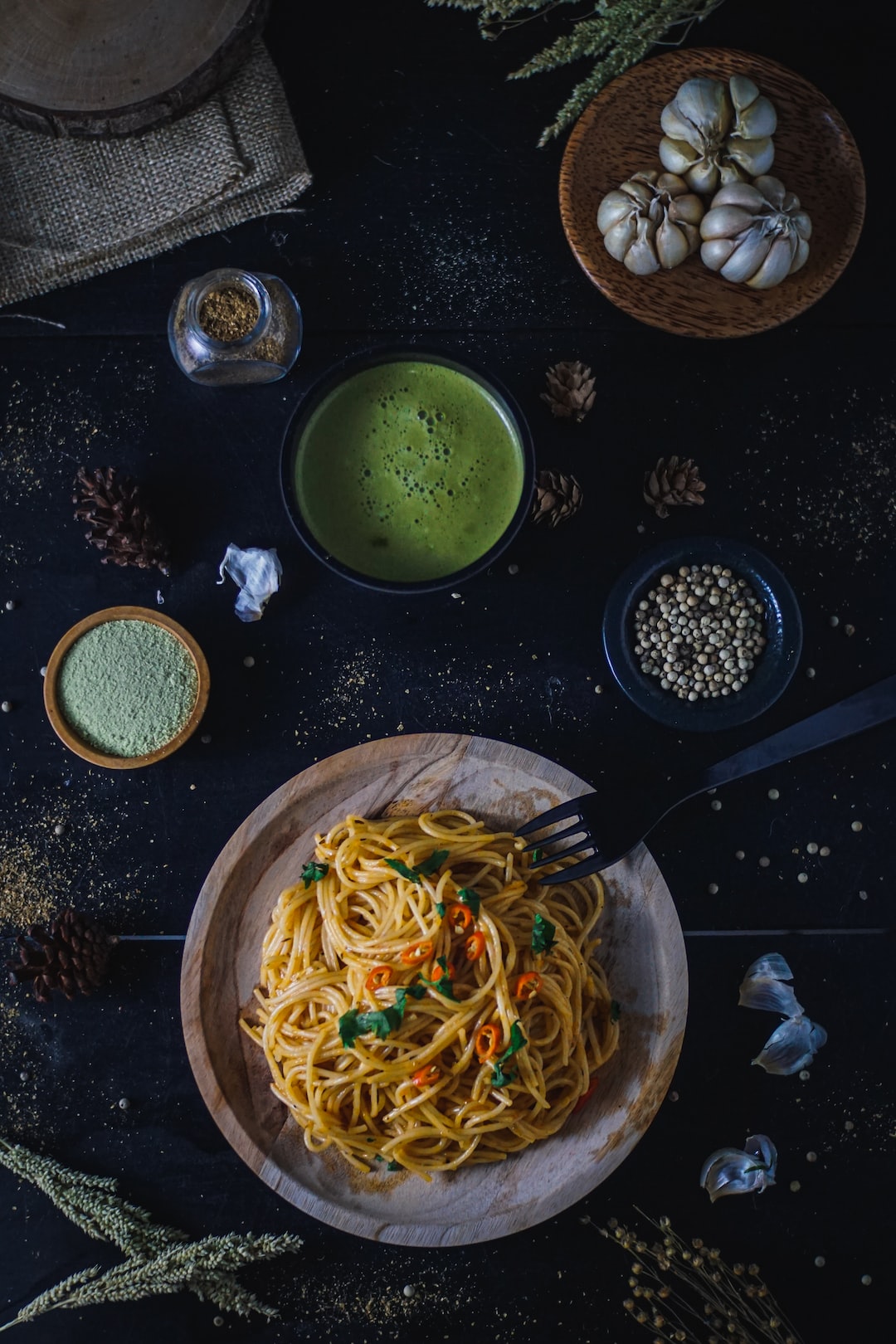Decoding the Language of Wine: A Beginner’s Guide to Wine Tasting
For many people, the world of wine can seem overwhelming and mysterious. With its vast array of flavors, aromas, and terminology, it’s no wonder that deciphering the language of wine can feel like a daunting task. However, with a bit of knowledge and some practice, anyone can become a confident wine taster. In this beginner’s guide, we will break down the language of wine and provide you with the tools you need to navigate the world of wine tasting.
1. Understanding the Basics:
To start your journey into the world of wine tasting, it’s important to understand the basic components of wine. Wine is made from grapes, and the type of grape used will greatly influence the flavors and aromas of the wine. Wine is also categorized into different types: red, white, and rosé, each offering its own unique characteristics.
2. The Five S’s of Wine Tasting:
When tasting wine, professionals rely on the Five S’s: see, swirl, sniff, sip, and savor. Let’s break down each step:
– See: Observe the color and clarity of the wine. Reds can range from pale ruby to deep purple, while whites can vary from light straw to golden yellow. The color can provide clues about the wine’s age and grape variety.
– Swirl: Gently swirl the wine in your glass to release its aromas. This step helps to oxygenate the wine, allowing the aromas to become more pronounced.
– Sniff: Take a deep inhale of the wine’s aromas. Some common aromas in wine include fruits (such as cherry or lemon), flowers, spices, herbs, or even oak from the barrel aging process. Practice identifying different scents to develop your sensory memory.
– Sip: Take a small sip of the wine and let it coat your entire mouth. Pay attention to the flavors you taste. Is it fruity, tart, or earthy? Is it sweet or dry? The balance of flavors is an important aspect of a well-made wine.
– Savor: Take your time to savor the wine and appreciate its finish. Notice how the flavors evolve on your palate and how long the taste lingers. This step can help you determine the wine’s complexity and quality.
3. Deciphering Wine Terminology:
The language of wine can often be filled with confusing terminology. Here are a few key terms to help you understand wine tasting lingo:
– Body: Refers to the weight and mouthfeel of the wine. Wines can be light-bodied, medium-bodied, or full-bodied. Light-bodied wines are delicate and refreshing, while full-bodied wines are richer and heavier on the palate.
– Tannins: Found in red wines, tannins are compounds that come from the grape skins and add structure and astringency to the wine. They can create a drying sensation in the mouth.
– Acidity: The presence of tartness in the wine. Acidity adds brightness and freshness to the wine and can range from low to high.
– Oak: Many wines, especially reds and some whites, are aged in oak barrels. Oak can add flavors of vanilla, spice, and sometimes a smoky or toasty element to the wine.
– Terroir: This term refers to the unique environmental factors that influence a wine’s characteristics, such as soil type, climate, and vineyard location. Understanding terroir can help you appreciate why wines from different regions taste distinct.
4. Practice, Practice, Practice:
Becoming proficient in wine tasting takes practice. Attend tastings or join a wine club to expand your knowledge and palate. Take notes on the wines you taste, noting the varietals, flavors, and any other observations. Over time, you will develop your own language and preferences when it comes to wine.
Remember, wine tasting is a personal experience, and everyone’s palate is unique. Don’t be afraid to trust your own senses and enjoy the process of exploring different wines. The language of wine may seem complex at first, but with time and practice, you will gain confidence in your ability to decode the flavors, aromas, and nuances of this fascinating beverage. Cheers to your wine-tasting journey!

